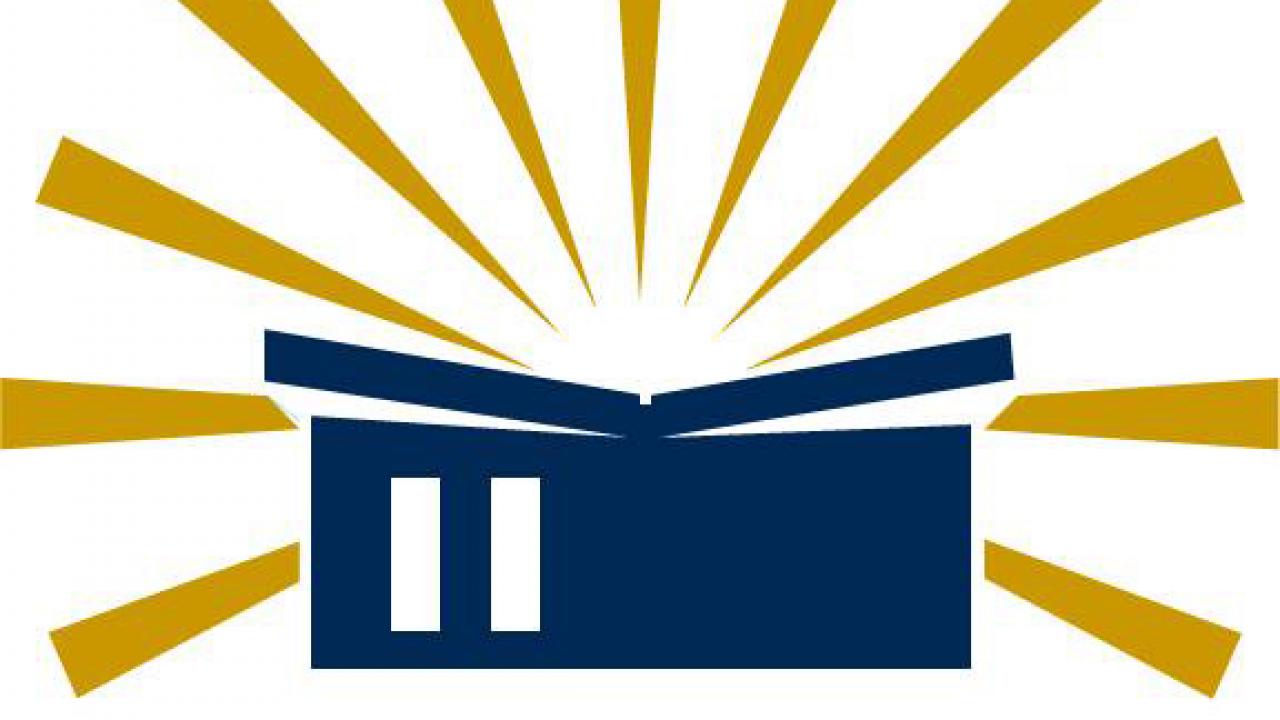UC Davis’ Solar Decathlon Team literally has laid the groundwork for its zero-net-energy “Aggie Sol” house and is now inviting the public to join in a celebration of the completed subfloor and the beginning of construction on the rest of the dwelling.
The event is scheduled from 10 a.m. to 12:30 p.m. Friday, June 5 at the construction site on the Davis campus: Take La Rue Road to Orchard Road (across from the Activities and Recreation Center), then go west to Orchard Park Drive.
The student team is responsible for everything from the design and engineering to the building of the house, which aims to meet the needs of farmworkers and low-income communities, and to potentially serve as a marketable model of affordable ZNE housing.
Construction is due to be completed in the fall, after which the house will be taken apart and shipped to Irvine, to be reassembled for the U.S. Department of Energy’s Solar Decathlon.
Easily transported and easily assembled — both are hallmarks of the two-bedroom, one bath design, to put the housing where it’s needed, quickly.
The design addresses health concerns and other issues associated with today’s farmworker housing: inadequate heating and cooling, confined living spaces, unaffordable. The 1,000-square-foot Aggie Sol includes a large common space with the living, kitchen and dining room area opening onto decks, and sleeping and service rooms off the hallway.
Experts back up student team
The Aggie Sol project connects students in the fields of engineering, architecture, design, communication and development.
They’ve drawn on the expertise of faculty in the colleges of Letters and Science, Engineering, and Agricultural and Environmental Sciences, and of several of the university’s energy centers, most of which are headquartered in West Village, the campus’s zero-net-energy community. They include the Institute of Transportation Studies, Energy Efficiency Center, Plug-In Hybrid and Electric Vehicle Research Center, and the Center for Water Energy Efficiency.
UC Davis had never sought entry into the Solar Decathlon before applying last year and making the cut of 20 universities. The competition challenges students and scientists from universities across the nation — from Yale and Vanderbilt, to Cal Poly, San Luis Obispo, and California State University, Sacramento — to design and build solar-powered homes that are cost-effective and attractive.
“Building to the subfloor has required more from our students than just the nails and wood,” said project manager Robert Good, a recent UC Davis graduate. “It took a year of research, innovation and practice to acquire the skills, resources and understanding needed to confidently build and present our design.”
The project’s green features include:
- Passive design — Heavy insulation, operable exterior window shades and other elements that reduce the need to buy energy.
- Butterfly-shaped roof — For simplified collection of rainwater.
- Cooling — Rainwater, collected in a reservoir, is sprayed back on the roof for natural cooling by the night air. The water is then pumped through the floor slab during the day to cool the house.
- Heating — Energy is drawn via heat exchange from the home’s gray water and used to preheat potable water for the domestic supply.
- Lighting — Solar tubing reduces the energy needed to light the home.
Media Resources
Dave Jones, Dateline, 530-752-6556, dljones@ucdavis.edu
